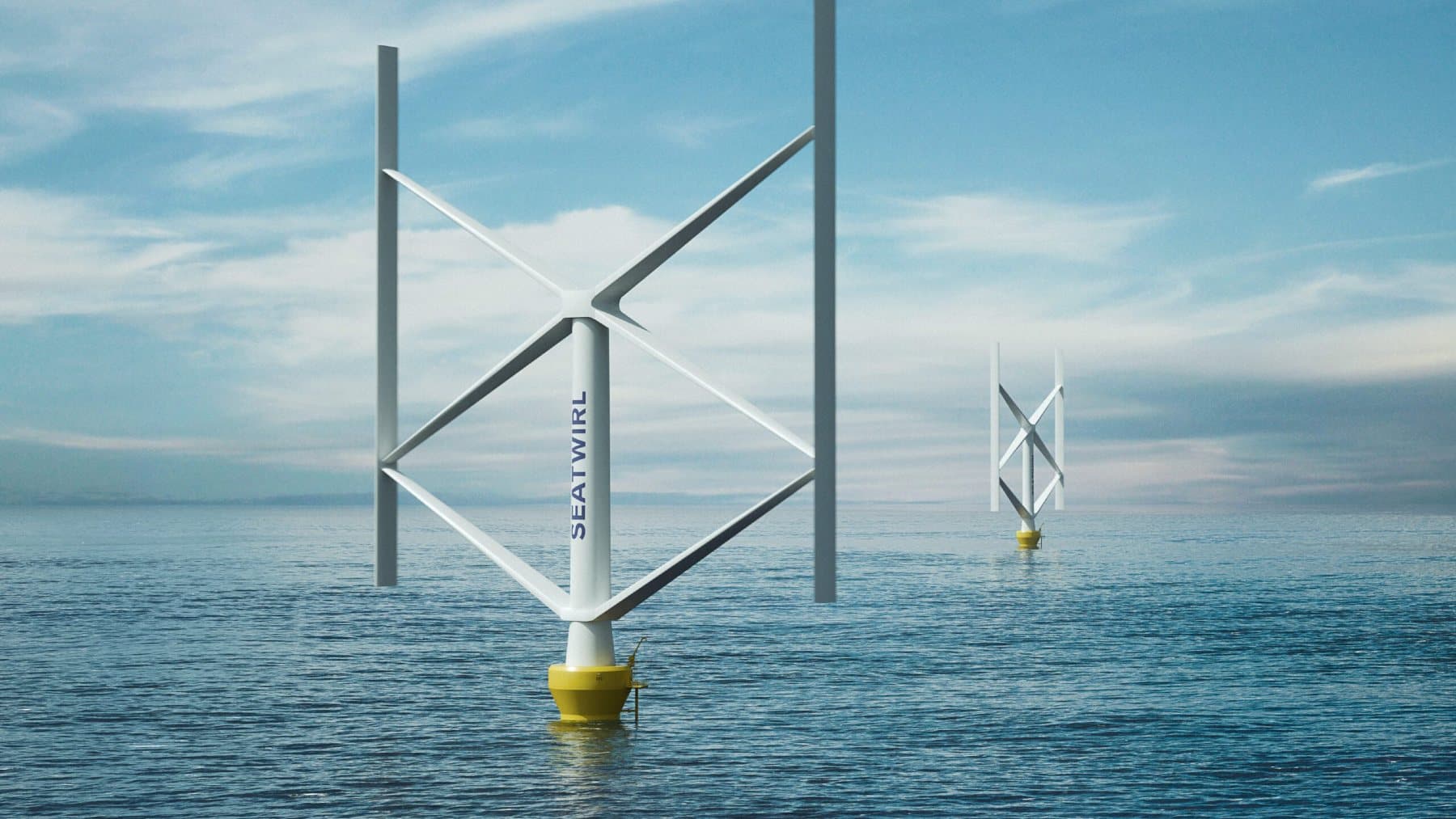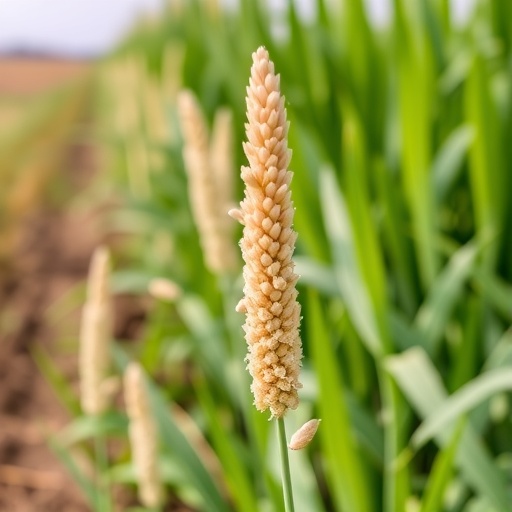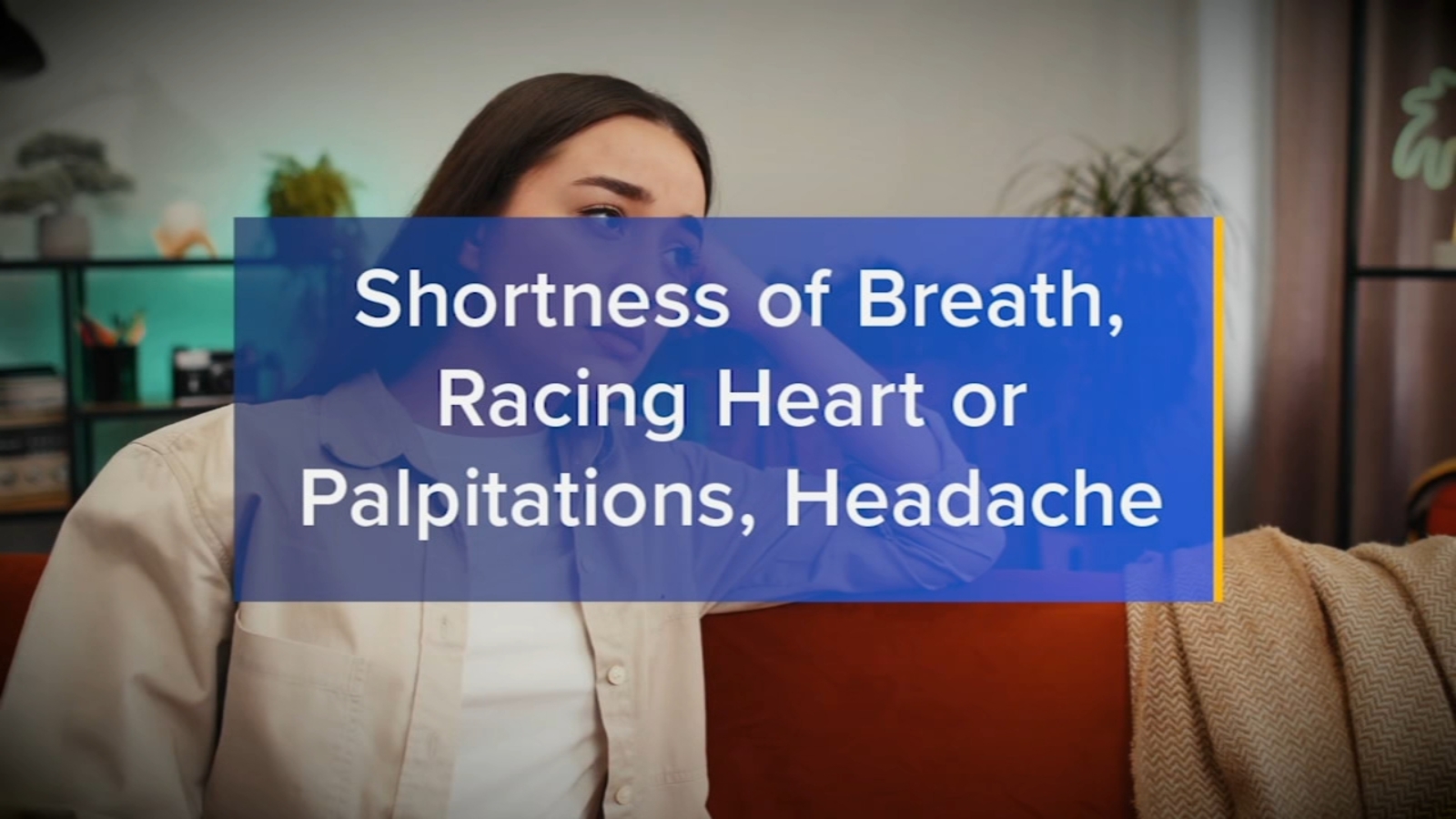Physical activity in the relationship between multiple air pollutants exposure and risk of hypertension: a prospective cohort study in China – Nature

Report on the Relationship Between Air Pollutants Exposure, Physical Activity, and Hypertension Risk in Chinese Adults: Emphasis on Sustainable Development Goals
Abstract
This longitudinal cohort study investigates the association between exposure to multiple ambient air pollutants—PM1, PM2.5, PM10, O3, and NO2—and the risk of hypertension among Chinese adults aged 45 and above. The study further assesses the mitigating role of physical activity in this relationship. Using time-varying Cox proportional hazards regression models adjusted for demographic, socioeconomic, behavioral, seasonal, and spatial factors, the study found that higher concentrations of air pollutants significantly increase hypertension risk. Notably, physical activity attenuates this risk, with physically active individuals showing no significant increase in hypertension risk despite pollutant exposure. These findings align with the United Nations Sustainable Development Goals (SDGs), particularly SDG 3 (Good Health and Well-being) and SDG 11 (Sustainable Cities and Communities), emphasizing the importance of clean air and healthy lifestyles.
Introduction
Hypertension is a major contributor to cardiovascular diseases and a leading preventable cause of premature death globally. Its prevalence has doubled worldwide between 1990 and 2019, disproportionately affecting middle- and low-income countries. In China, hypertension accounts for significant mortality and disability-adjusted life years (DALYs), imposing a substantial economic burden on the healthcare system.
Physical activity is recognized as a modifiable lifestyle factor crucial for hypertension management and prevention. Conversely, air pollution, comprising particulate matter and gaseous pollutants such as NO2 and O3, has been implicated in increasing cardiovascular risk, including hypertension. The interaction between physical activity and air pollution exposure remains underexplored, especially in large, longitudinal cohorts.
This study addresses these gaps by evaluating the longitudinal association between multiple air pollutants and hypertension risk, while examining the role of physical activity among Chinese middle-aged and older adults. These objectives support SDG 3 by promoting health and well-being and SDG 13 (Climate Action) by highlighting the health impacts of environmental pollution.
Methodology
Study Population and Procedures
The study utilized data from the China Health and Retirement Longitudinal Study (CHARLS), a nationally representative cohort of individuals aged 45 years and older across 28 provinces in China. The baseline survey was conducted in 2011, with follow-up waves in 2013, 2015, 2018, and 2020. After exclusions for baseline hypertension and missing data, 7,629 participants were included. Follow-up involved tracking hypertension incidence, mortality, and loss to follow-up, with imputation methods applied for missing covariate data.
Exposure Assessment
Annual average concentrations of PM1, PM2.5, PM10, O3, and NO2 were obtained from the China High Air Pollutants (CHAP) datasets at high spatial resolution. Participants were assigned exposure values based on geocoded residential addresses, accounting for lag effects by using the previous year’s pollutant concentrations.
Outcome Definition: Hypertension
Hypertension cases were identified via self-reported physician diagnosis during survey waves. Incident hypertension was defined as the first positive report during follow-up, with participants censored at the last survey wave if no diagnosis occurred.
Physical Activity Measurement
Physical activity levels were assessed using the International Physical Activity Questionnaire (IPAQ), categorizing activities into vigorous, moderate, and low intensity. Weekly physical activity volume (PAV) was calculated in metabolic equivalent (MET) minutes, with less than 600 MET-minutes per week classified as physical inactivity. Interaction analyses between physical activity status and pollutant exposure were conducted.
Confounders
- Demographic factors: age, gender, education, residence, marital status
- Behavioral factors: smoking status, alcohol consumption, sleep duration, physical activity
- Socioeconomic factors: medical insurance, income quintiles, employment status
- Seasonal and spatial factors: latitude, longitude, year, month, city
Statistical Analysis
Time-varying Cox proportional hazards models were used to estimate hazard ratios (HRs) for hypertension associated with each pollutant, adjusting sequentially for confounders. Non-linearity was assessed via natural cubic splines. Multiple pollutant models and sensitivity analyses were performed. Interaction effects between physical activity and pollutant exposure were tested using the Wald test. Statistical significance was set at p
Ethical Considerations
The study received ethical approval from the Biomedical Ethics Review Committee at Peking University. Informed consent was obtained from all participants. Participants diagnosed with hypertension during the study were informed and advised to seek medical care, aligning with ethical standards and promoting SDG 3.
Results
Baseline Characteristics
Among 7,629 participants, 3.2% developed hypertension during a median follow-up of 4 years. Hypertensive individuals were more likely to be female, older, urban residents, physically inactive, and have lower income levels.
Air Pollutant Exposure and Hypertension Risk
- Median annual concentrations (µg/m³): PM1 25.3, PM2.5 44.1, PM10 76.5, O3 88.0, NO2 25.8
- Adjusted hazard ratios per 10 µg/m³ increase:
- PM1: 1.146 (14.6% increased risk)
- PM2.5: 1.070 (7.0% increased risk)
- PM10: 1.052 (5.2% increased risk)
- O3: 1.049 (4.9% increased risk)
- NO2: 1.182 (18.2% increased risk)
Natural cubic spline analyses indicated mostly linear relationships between pollutant exposure and hypertension risk.
Multiple Pollutant Models
- Adjustment for NO2 nullified the significance of PM1 and PM2.5.
- Adjustment for O3 increased hazard ratios for PM1 and PM2.5.
- PM10 and O3 remained significant across all models.
- Adjustment for PM10 or both PM10 and O3 eliminated the significance of NO2.
Role of Physical Activity
- Physically active participants had an 11.4% lower risk of hypertension compared to inactive participants.
- Significant interactions were found between physical activity and PM1, PM2.5, PM10, and NO2 exposures.
- In physically active individuals, pollutant exposure was not significantly associated with hypertension risk.
- In physically inactive individuals, pollutant exposure significantly increased hypertension risk:
- PM1: 12.9% increase
- PM2.5: 6.0% increase
- PM10: 5.0% increase
- NO2: 17.0% increase
Discussion
This pioneering study demonstrates a significant positive association between exposure to multiple air pollutants and hypertension risk in Chinese middle-aged and older adults, with NO2 having the strongest effect. Importantly, physical activity mitigates this risk, underscoring its protective role even amidst environmental pollution. These findings support SDG 3 by promoting health and well-being through lifestyle interventions and SDG 11 by emphasizing the need for improved air quality in urban environments.
Comparison with Existing Literature
- Consistent with prior cohort and meta-analytic studies linking air pollution to hypertension and cardiovascular diseases.
- Supports evidence that NO2 is a critical pollutant influencing hypertension risk.
- Physical activity’s beneficial effects on vascular function and oxidative stress reduction align with existing mechanistic studies.
Mechanisms
- Air pollutants induce systemic inflammation and oxidative stress, causing endothelial dysfunction and autonomic imbalance.
- Physical activity improves endothelial function, reduces oxidative stress, and modulates blood pressure regulation.
Policy and Public Health Implications
- Implement targeted air quality management policies to reduce NO2, PM1, PM2.5, and PM10 emissions, contributing to SDG 13 (Climate Action) and SDG 11.
- Promote physical activity among middle-aged and older adults as a cost-effective intervention to reduce hypertension risk, supporting SDG 3.
- Develop public health guidelines that balance outdoor physical activity promotion with air pollution exposure mitigation.
- Enhance urban planning to improve air quality and provide safe spaces for physical activity.
Strengths and Limitations
- Strengths:
- Large, nationally representative longitudinal cohort with median 4-year follow-up.
- Comprehensive assessment of multiple air pollutants and physical activity.
- Adjustment for extensive confounders including socioeconomic and behavioral factors.
- Limitations:
- Exposure assessment at city level may cause misclassification.
- Self-reported physical activity and hypertension diagnosis subject to recall bias.
- Potential residual confounding despite adjustments.
Conclusion
The study establishes a clear positive association between exposure to PM1, PM2.5, PM10, O3, and NO2 and hypertension risk among Chinese adults aged 45 and above. Physical activity significantly mitigates this risk, highlighting its importance as a public health strategy. These findings emphasize the need for integrated approaches combining environmental pollution control and promotion of healthy lifestyles to achieve the Sustainable Development Goals, particularly SDG 3 (Good Health and Well-being) and SDG 11 (Sustainable Cities and Communities), ultimately fostering healthier aging populations.
1. Sustainable Development Goals (SDGs) Addressed or Connected
- SDG 3: Good Health and Well-being
- The article focuses on hypertension, a major cardiovascular disease risk factor, and explores the impact of air pollution and physical activity on hypertension risk among Chinese adults.
- It addresses the prevention and reduction of non-communicable diseases and promotes healthy aging.
- SDG 11: Sustainable Cities and Communities
- The study discusses air pollution exposure in urban and rural areas in China, highlighting the need for improved air quality management.
- SDG 13: Climate Action
- By addressing air pollutant exposure (PM1, PM2.5, PM10, O3, NO2), the article indirectly relates to efforts to reduce air pollution and mitigate climate change impacts.
- SDG 3.4: Reduce premature mortality from non-communicable diseases
- The article targets hypertension, a leading preventable cause of premature death and disability globally.
2. Specific Targets Under the Identified SDGs
- SDG 3: Good Health and Well-being
- Target 3.4: By 2030, reduce by one third premature mortality from non-communicable diseases through prevention and treatment and promote mental health and well-being.
- Target 3.9: By 2030, substantially reduce the number of deaths and illnesses from hazardous chemicals and air, water and soil pollution and contamination.
- SDG 11: Sustainable Cities and Communities
- Target 11.6: By 2030, reduce the adverse per capita environmental impact of cities, including by paying special attention to air quality and municipal and other waste management.
- SDG 13: Climate Action
- Target 13.2: Integrate climate change measures into national policies, strategies and planning.
3. Indicators Mentioned or Implied to Measure Progress
- Prevalence and incidence of hypertension
- Measured by self-reported physician diagnosis of hypertension among participants aged 45 and above.
- Incidence rate of hypertension over the follow-up period (e.g., 3.2% developed hypertension over median 4 years).
- Exposure levels to air pollutants
- Annual average concentrations of PM1, PM2.5, PM10, O3, and NO2 (µg/m³) at city or finer scale.
- Median exposure values and their changes over time.
- Physical activity levels
- Measured by metabolic equivalent (MET) minutes per week based on the International Physical Activity Questionnaire (IPAQ).
- Classification into physically active (≥600 MET-minutes/week) and physically inactive (
- Hazard Ratios (HR) for hypertension risk associated with pollutant exposure and physical activity
- Used to quantify the risk increase or decrease per 10 µg/m³ increase in pollutant concentration.
4. Table: SDGs, Targets and Indicators
| SDGs | Targets | Indicators |
|---|---|---|
| SDG 3: Good Health and Well-being |
|
|
| SDG 11: Sustainable Cities and Communities |
|
|
| SDG 13: Climate Action |
|
|
Source: nature.com

What is Your Reaction?
 Like
0
Like
0
 Dislike
0
Dislike
0
 Love
0
Love
0
 Funny
0
Funny
0
 Angry
0
Angry
0
 Sad
0
Sad
0
 Wow
0
Wow
0


















-1920w.png?#)


















;Resize=805#)








.jpg?h=50da7ea4&itok=DTgFLdpn#)




























